How can co-creation at the neighbourhood level help reshape urban development across Europe?
This was the fundamental question that we aimed to answer during our Joint Neighbourhood Conference ‘Towards sustainable mobility – one neighbourhood at a time’ that took place online on October 20, from 14.00 – 17.00 CET. The webinar conference was included as part of POLIS’ Mobilising Mobility webinar series. The event showcased the processes and results of four European projects working towards better mobility solutions with people in their neighbourhoods.
You missed our virtual conference on co-creation and participation for sustainable mobility solutions? Not to worry, you can watch it all unfold here:
Mobilising Mobility: Towards sustainable mobility – one neighbourhood at a time (Part 1)
Mobilising Mobility: Towards sustainable mobility – one neighbourhood at a time (part 2)
Cities-4-People, Looper, Metamorphosis and SUNRISE are the four projects that brought back the city to their citizens. In 21 locations across Europe and beyond, residents, stakeholders and public authorities re-assessed and re-imagined their surroundings with the guidance and support of the project teams. Together, they developed ideas for concrete measures, prioritised them and implemented them for the benefit of local air quality, accessibility, safety, social cohesion, mobile independence – in short: quality of life. You can learn more about each project here.
The event was organised in the spirit of co-creation and participation. Each of the four projects found validation of their own work in the similar approaches carried out by the other projects. Hence, the decision to join forces and present common key lessons learnt and shared messages to our stakeholders: local actors, administrators and policy makers at the city level, national policy makers, the European Commission, decision makers at the neighbourhood level, academic community.
The event was moderated by Meja Wippoo, lead of the Waag’s Co-creation lab and partner in the Cities-4-People project. The webinar was opened by Ivo Cre’ from POLIS, who welcomed the participants, and Andrea Arcelli from INEA who introduced the topic of co-creation at the neighbourhood level and its potential. Luana Bidasca from DG MOVE also presented the future steps for neighbourhood mobility.
During the event, participants had the possibility to further explore the process and the methodology developed by the four projects working closely with the citizens. The discussion continued in five different break-out sessions where participants could discuss the following topics:
- Level the playing field and invest in citizen participation. Moderator: Imre Keseru – Vrije Universiteit Brussel (VUB)
- The benefits of the neighbourhood level, co-creation and participation and education. Moderator: Kristin Tovaas – Rupprecht Consult
- Ensure diversity, inclusivity and allow experiments in communities. Moderator: Susanne Wrighton – Austrian Mobility Research, FGM-AMOR
- Look at the big picture and be where the people are. Moderator Graham Stanley – Oxfordshire County Council
- Manage expectations – evaluate and value the interpersonal and social results. Moderator: Joe Ravetz – University of Manchester
Each session lasted one hour and allowed participants to interactively engage in the discussion. Participants had the chance to ask questions, learn about projects stories and processes and take part in how the co-creation approach at the neighbourhood level can help reshape urban development across Europe.
Drawing from the discussions at this conference, the neighbourhood projects presented the following 10 Big Messages for co-creation in mobility and at the neighbourhood level:
- Utilise the advantages of the neighbourhood level
- Invest in citizen participation
- Educate on the value of co-creation and provide training and resources
- Level the playing field (everybody is an expert, understand the citizens’ needs)
- Be where the people are
- Allow experiments
- Ensure diversity and inclusivity in communities
- Manage expectations
- Evaluate and value the interpersonal and social results
- Look at the big picture
These 10 Big Messages will be included in a common publication of the 4 projects that will soon be available.

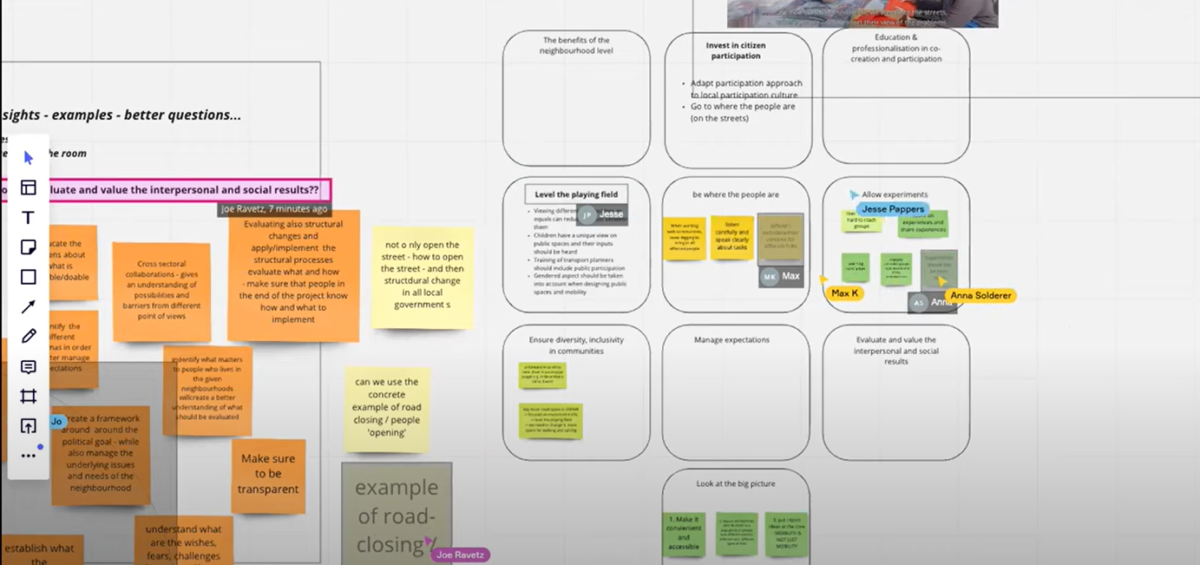
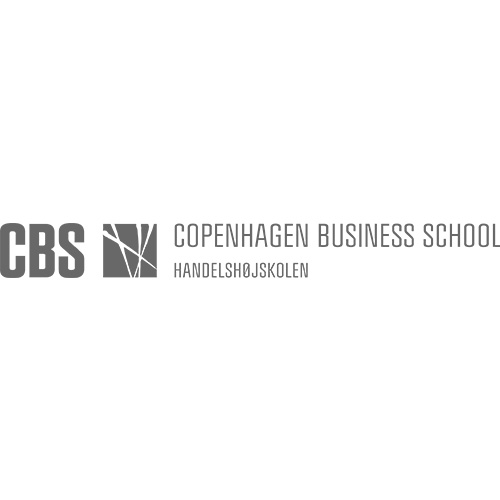
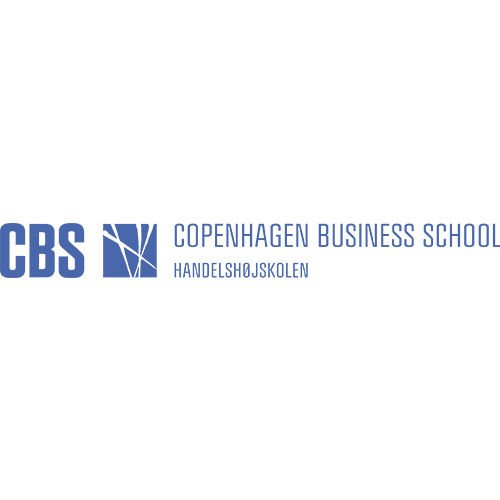
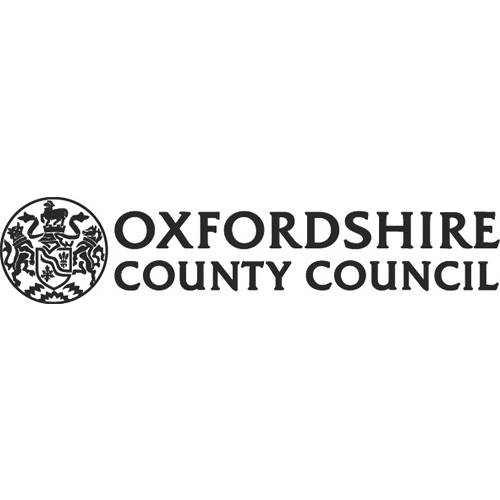

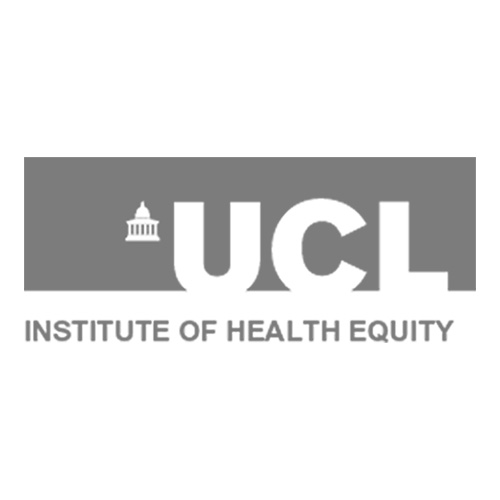
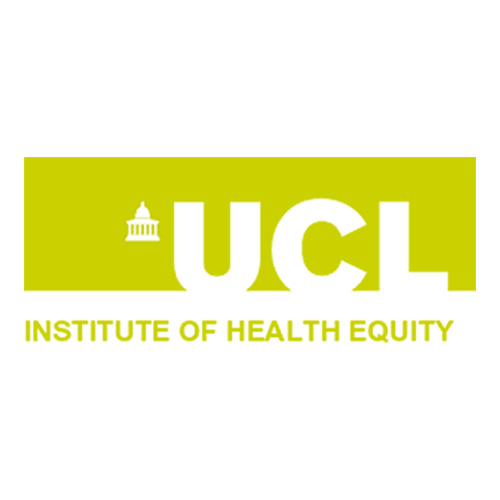
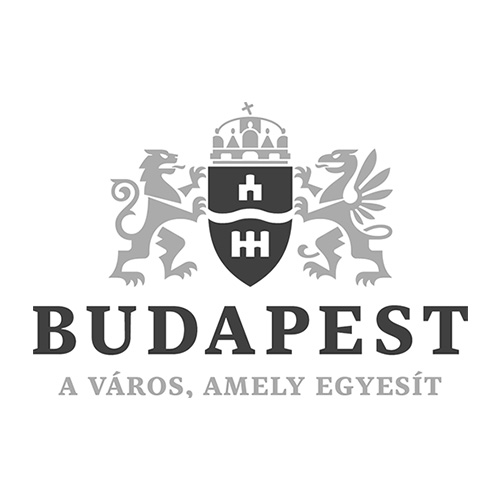
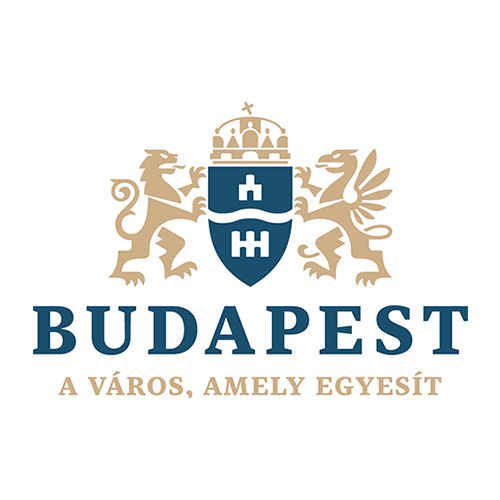
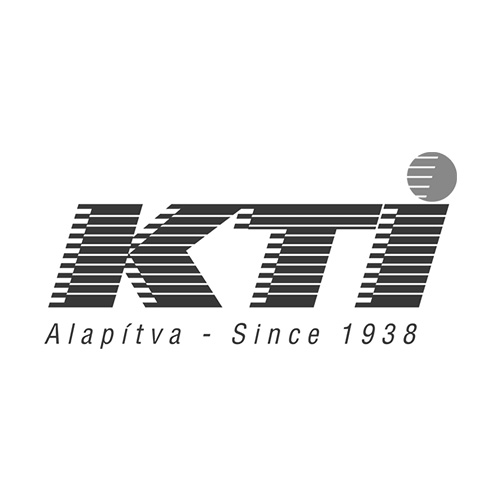
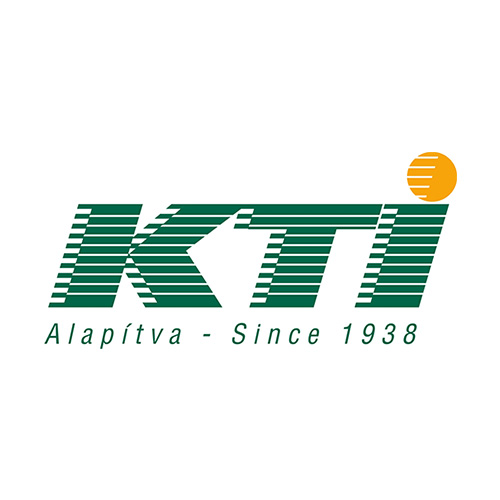
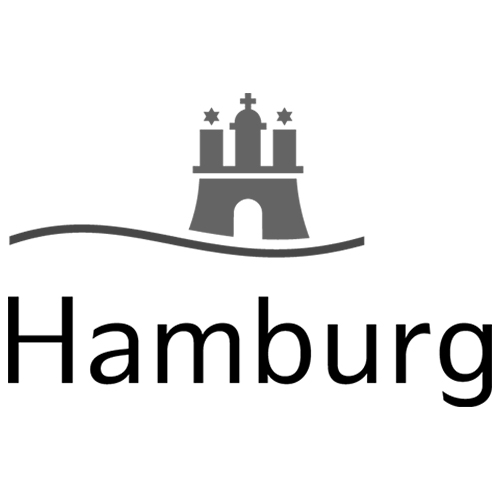
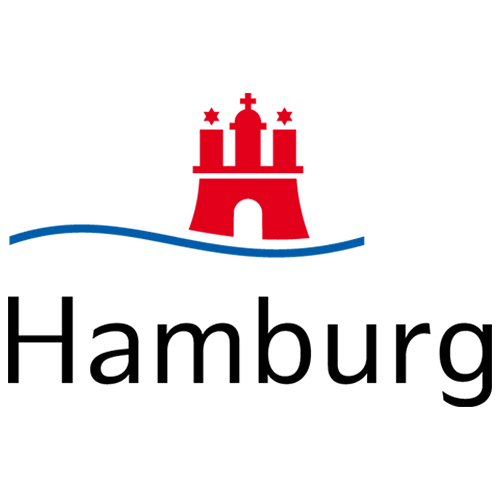
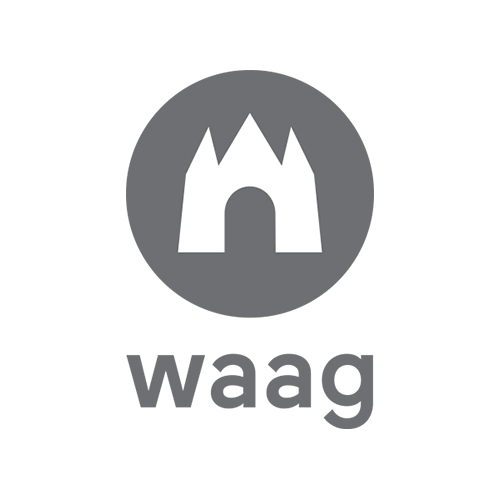

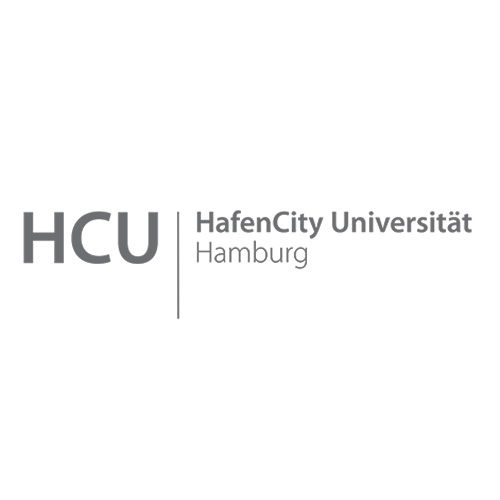
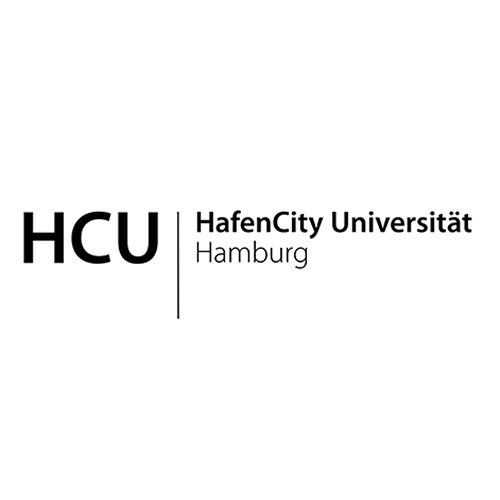
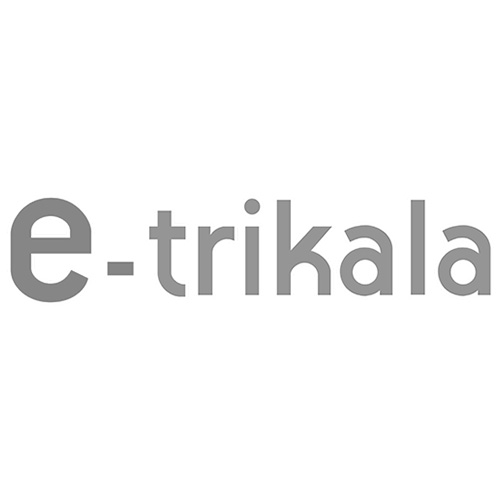
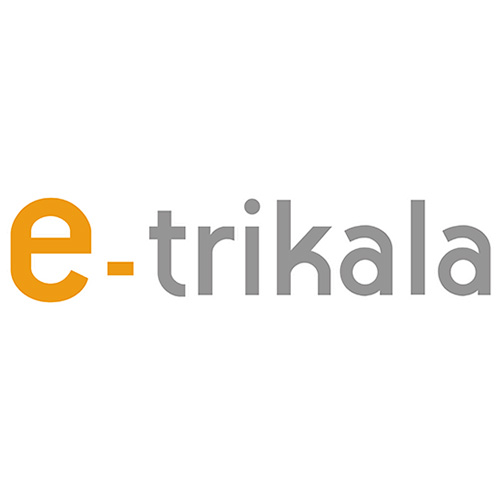


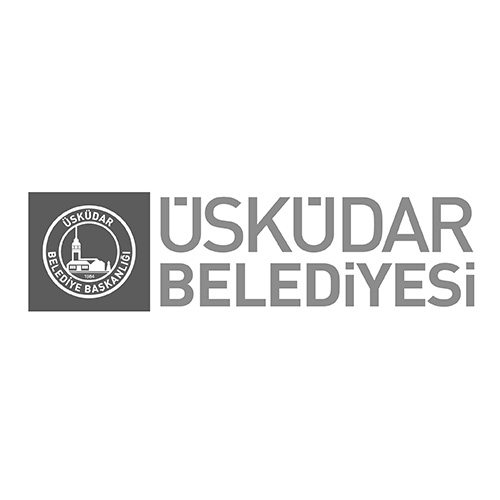


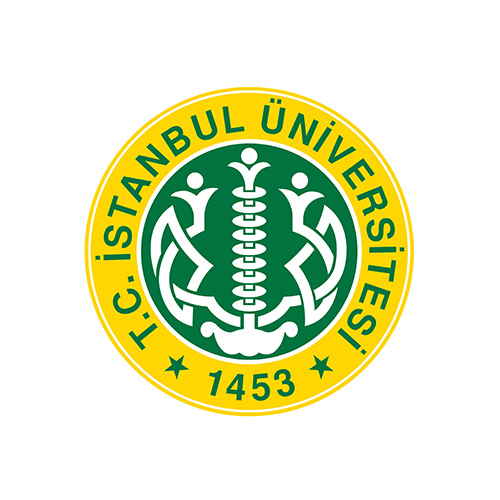


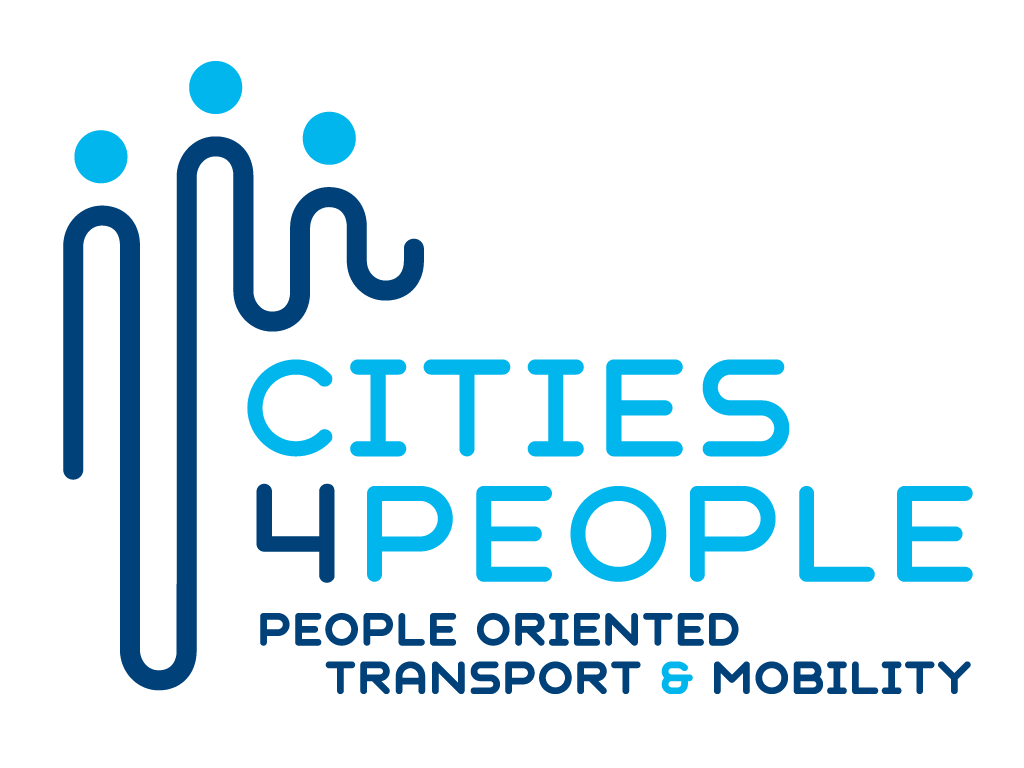
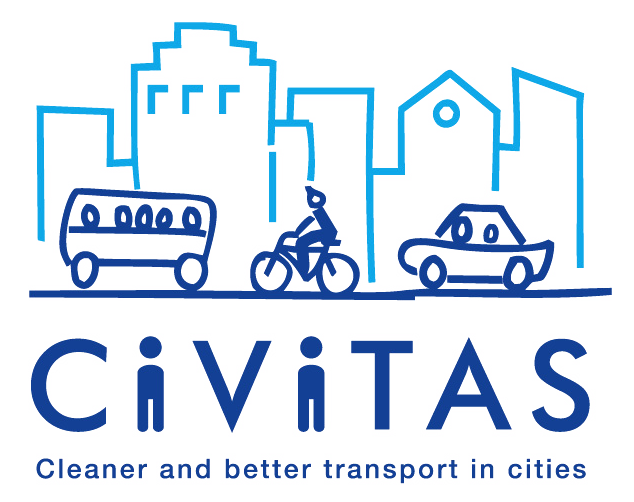


 English
English Ελληνικά
Ελληνικά Deutsch
Deutsch Turkish
Turkish